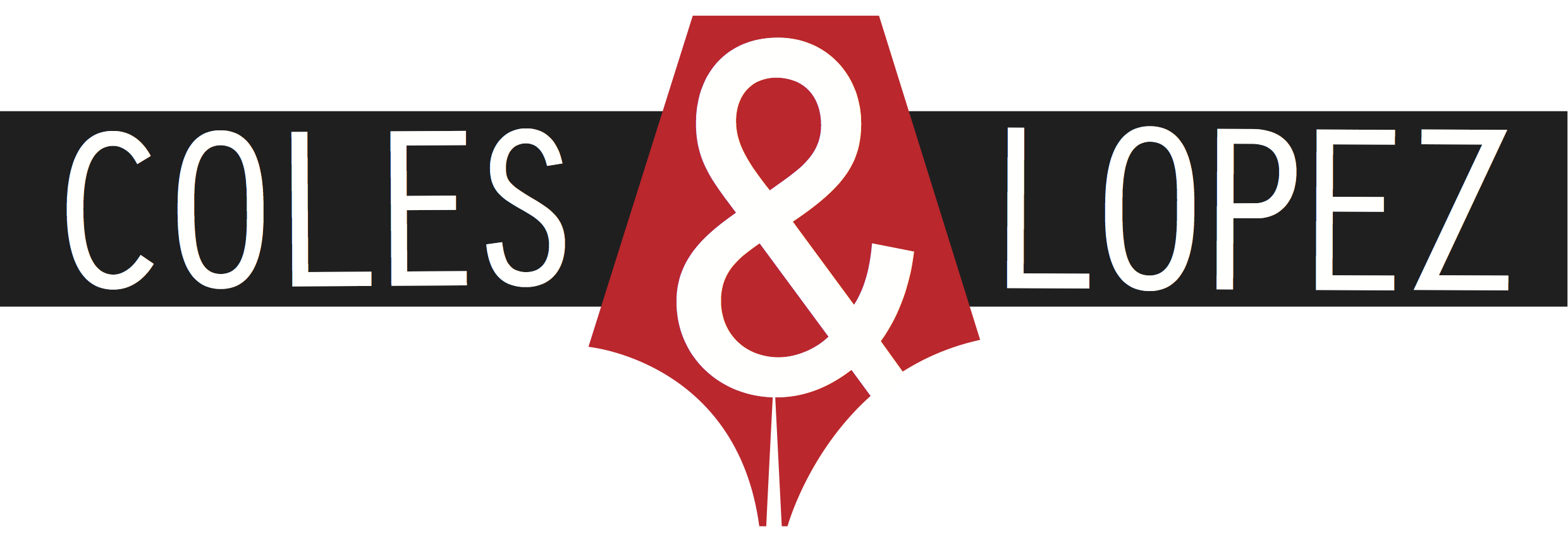Long live the subjunctive
Back in April, we tackled a particularly tricky topic: the subjunctive mood. In that post, we focused on the past subjunctive, which is the form we use when we say “if I were you” instead of the incorrect “if I was you”.
This week, we’re moving on to the present subjunctive. (Bear in mind that in this case, “past” and “present” have nothing to do with time – they’re just a confusing way of distinguishing between the subjunctive forms.) First, let me give you a few examples of the present subjunctive in action:
It is essential that we be at the airport by 7.45.
The cabin crew asked that he stow his bag in the overhead locker.
Hotel policy required that she produce her credit card on check-in.
Why not are, stowed and produced?
The subjunctive is a rare mood. About 99.9% of the time, we use the indicative mood, in which we are at the airport, he stowed his bag and she produced her credit card would be correct. But the subjunctive mood is required here because all three sentences describe something being requested or required. It is used after phrases like “requires that”, “demands that”, “insists that” and “is necessary that”. (And yes, these sentences will almost always include the word “that”.)
Are all these travel-related examples a cry for help? Maybe. I need a holiday.
Fine, but what is the present subjunctive?
I’ll tell you what it is: really, really simple. Think about the basic verb form that you would use after “to”, as in “to travel”, “to relax”, “to escape” or “to enjoy”. This is called the bare infinitive. In the present subjunctive, we always use this verb form, no matter who is doing the action or when it’s being done. Take our earlier example: It is essential that we be at the airport by 7.45. That “be” is always correct, even in these variations:
It was essential that he be at the airport by 7.45.
It is essential that I be at the airport by 7.45.
It will be essential that they be at the airport by 7.45.
What if the request or requirement is to not do something?
Easy. In the present negative subjunctive, we simply put the word “not” in front of the verb:
It is essential that we not be at the airport later than 7.45.
In a nutshell
We use the present subjunctive mood for sentences that describe a request or requirement. These sentences almost always contain the word “that”. The verb that comes after “that” should be in its bare infinitive form – the simple form that we would also use after “to”. To make the request or requirement negative, put “not” before the verb.
By the way . . .
The expression “long live . . .”, which I used in the title to this blog, is actually an example of the present subjunctive too (it would be “lives” in the indicative). But this is an archaic usage that has only survived in certain clichés.

